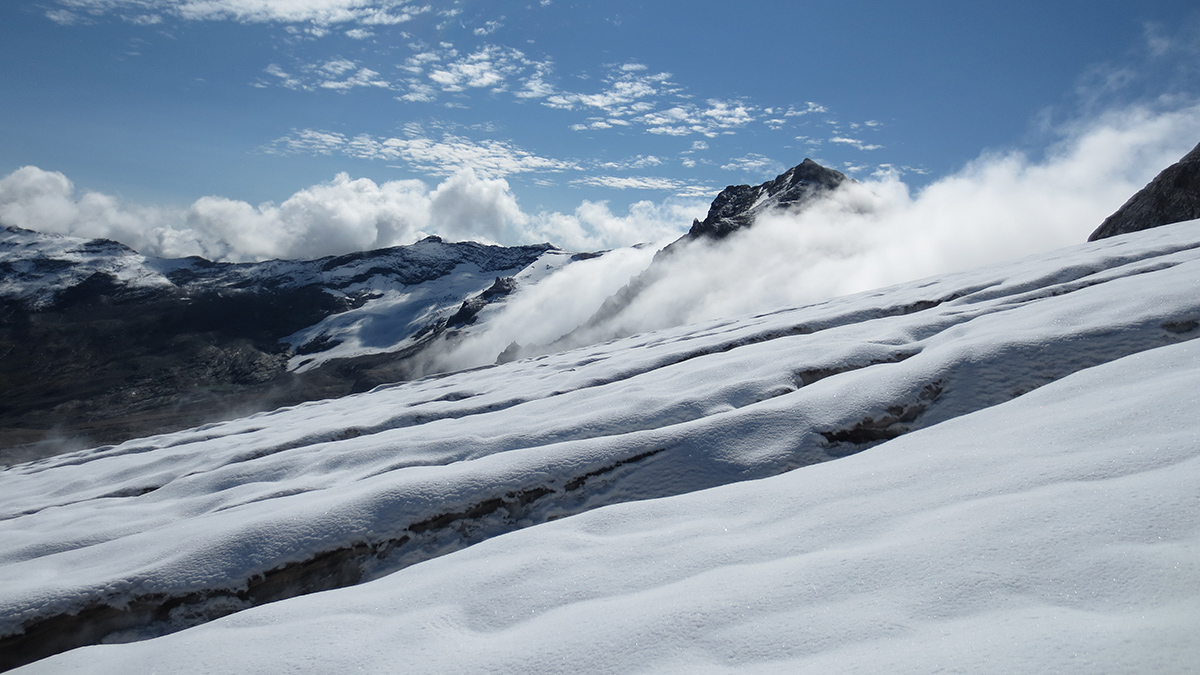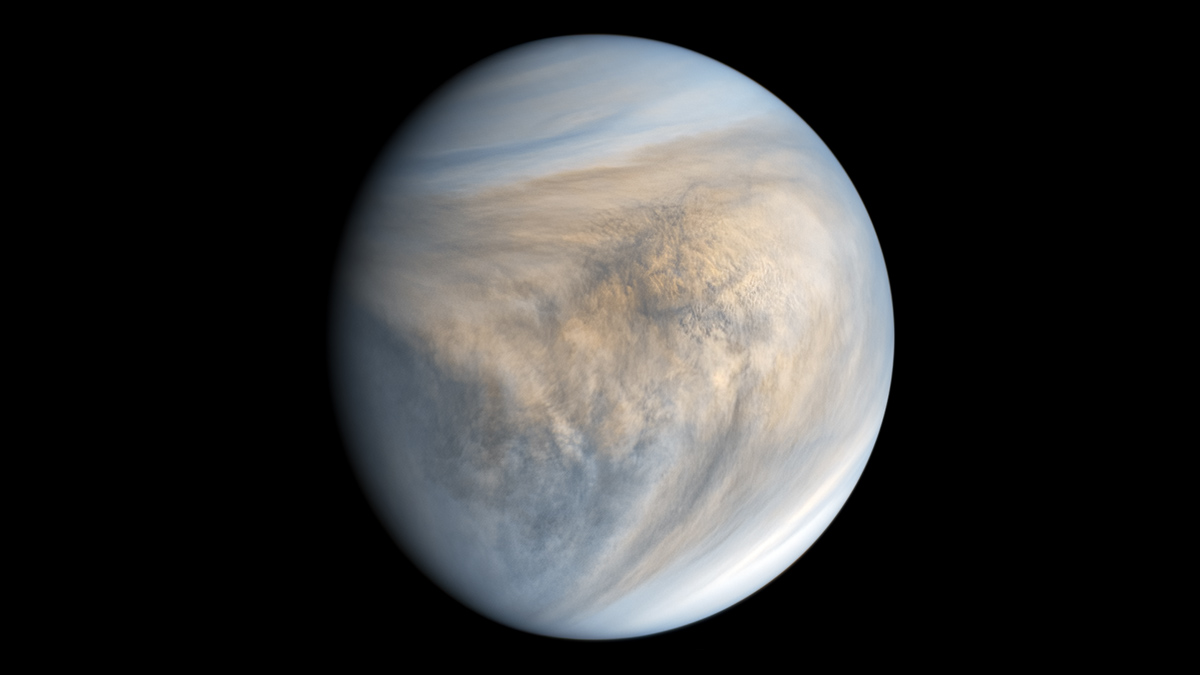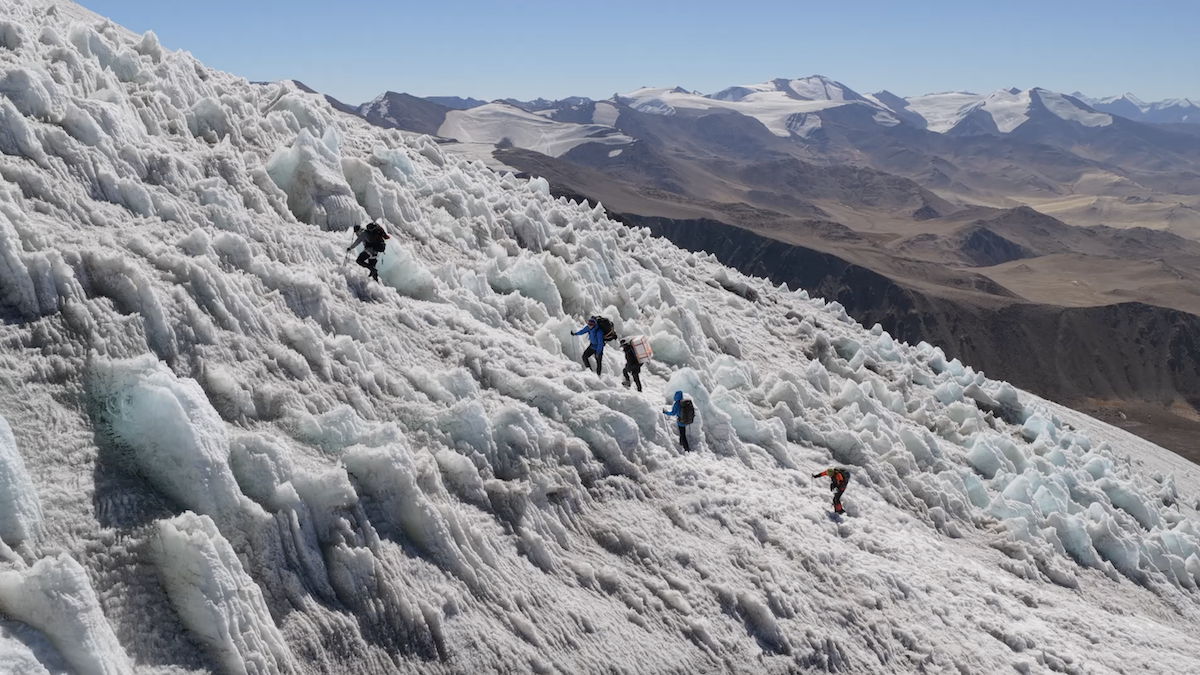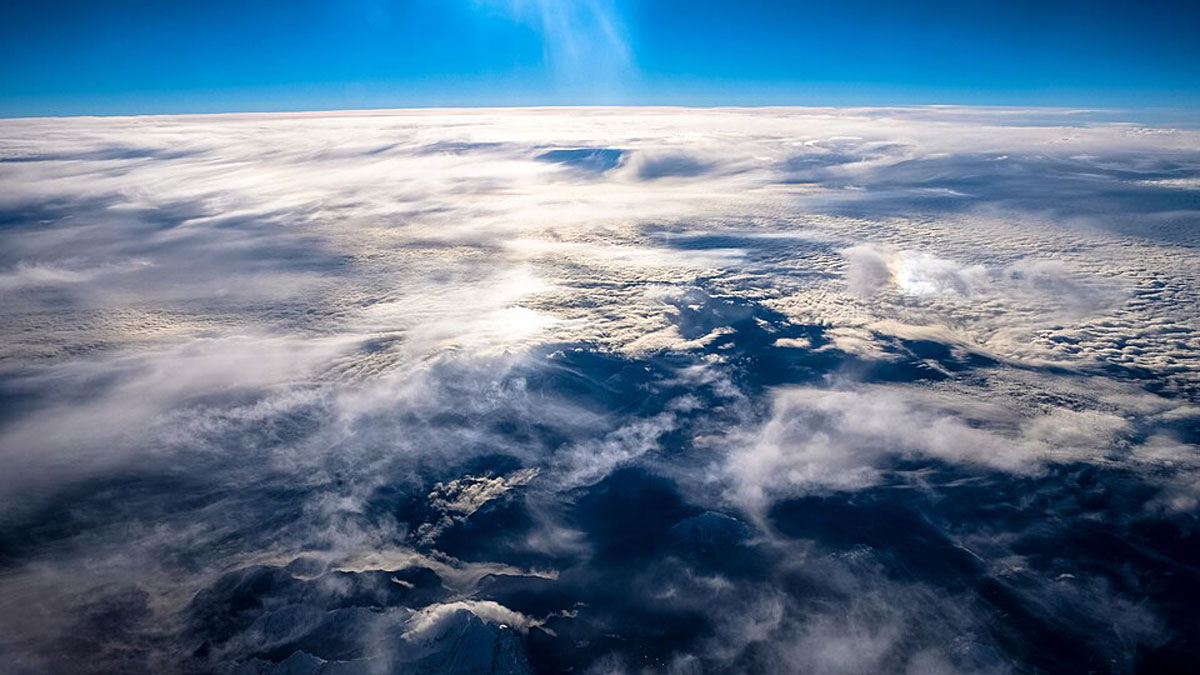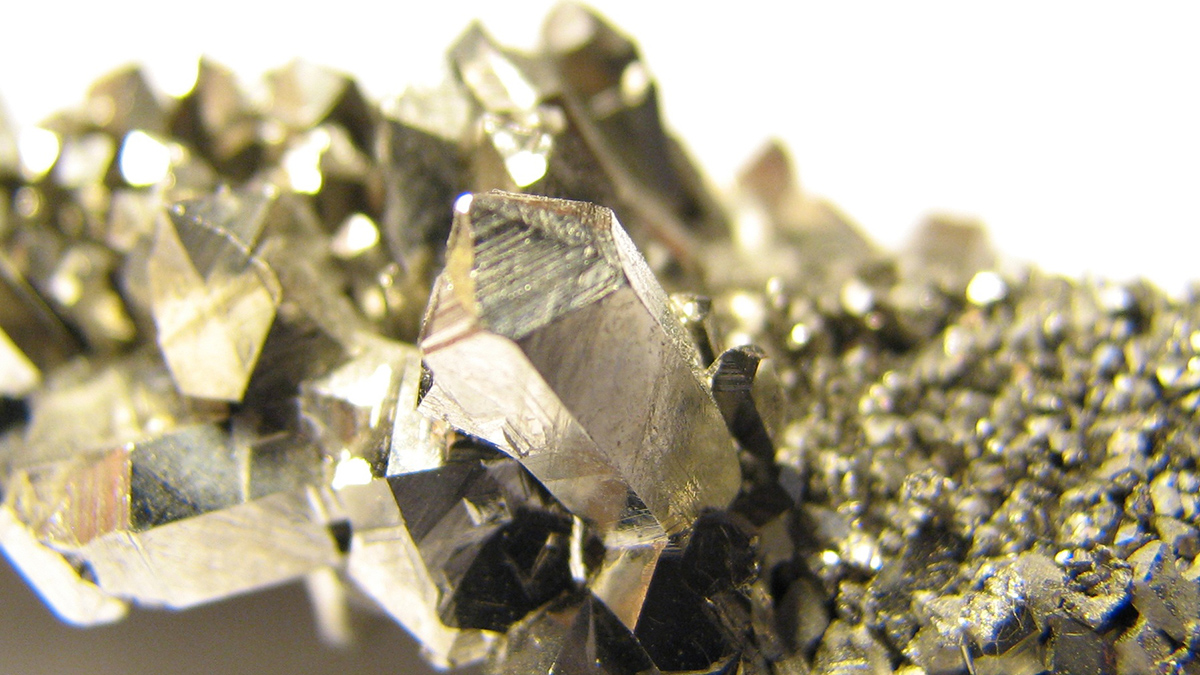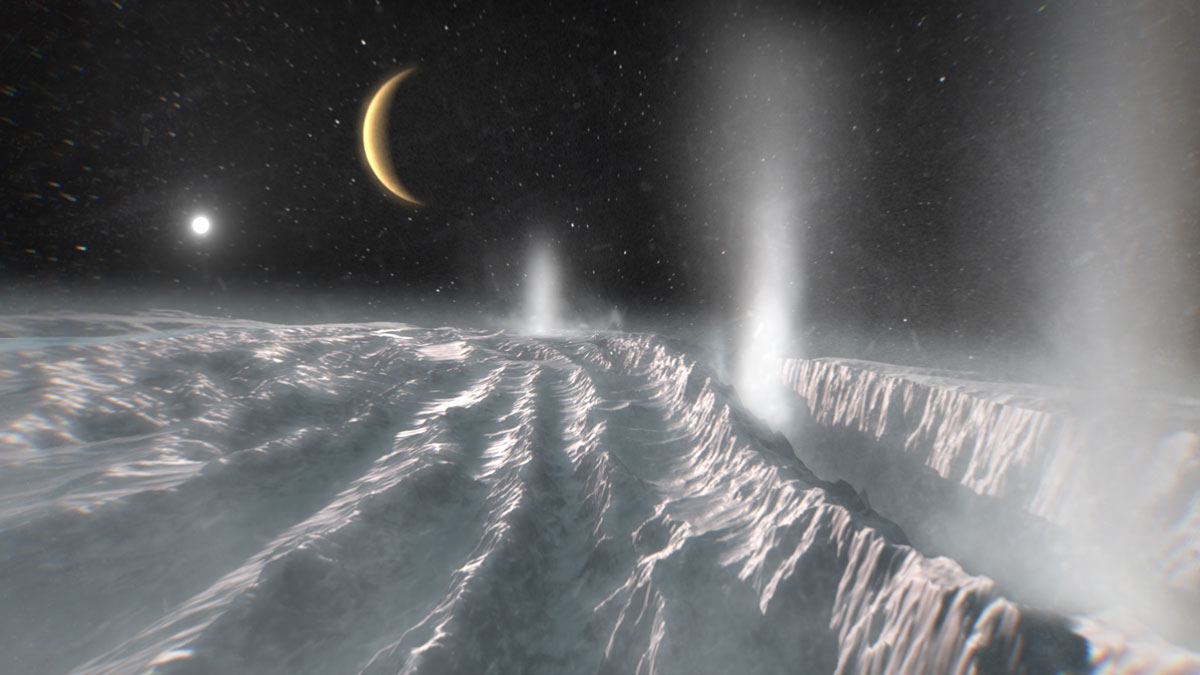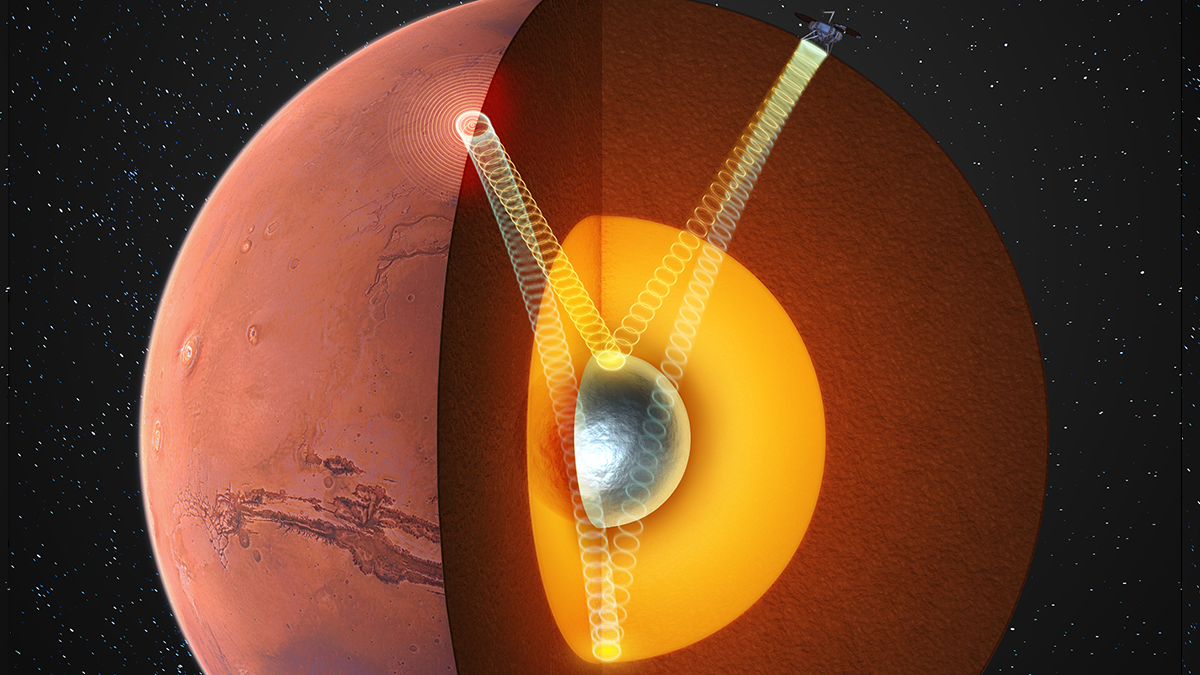An unprecedented dataset offers insight into the counterintuitive cooling effect of glaciers on a global scale.
unsolved mysteries
Key Driver of Extreme Winds on Venus Identified
A new study suggests that a once-daily atmospheric tidal cycle may be a bigger driver of rapid Venusian winds than previously thought.
Pamir Glacier Expedition Returns with High-Elevation Ice Cores
The three glacial cores will unlock mysteries about past climate and weather patterns in central Asia.
A Weak Spot in Earth’s Magnetic Field Is Going from Bad to Worse
This could be bad news for satellites and spacefarers.
New Satellite Data Reveal a Shift in Earth’s Once-Balanced Energy System
The Northern Hemisphere is absorbing more sunlight than the Southern Hemisphere, and clouds can no longer keep the balance.
To Find Critical Minerals, Look to Plate Tectonics
A study of “weird” Australian rocks suggests stores of niobium rose to the surface during the breakup of the supercontinent Rodinia.
Space Radiation Can Produce Some Organic Molecules Detected on Icy Moons
As missions prepare to visit ocean worlds like Enceladus and Europa, new findings show scientists must first learn to distinguish between radiation-made organics and those born in a subsurface sea.
Scientists May Have Finally Detected a Solid Inner Core on Mars
Seismic clues from NASA’s InSight mission suggest that Mars hides a solid inner core, and raise new questions about why the planet’s magnetic field disappeared.
Move Over, Beavers. Dinosaurs Might Also Have Been Nature’s Engineers
Late Cretaceous dinosaurs may have cut back vegetation, creating large floodplains. When the asteroid hit, those floodplains became forests, a new study argues.
How an Interstellar Interloper Spurred Astronomers into Action
Valuable lessons from previous interstellar objects allowed scientists to develop a more rapid response when the third one arrived in July.

